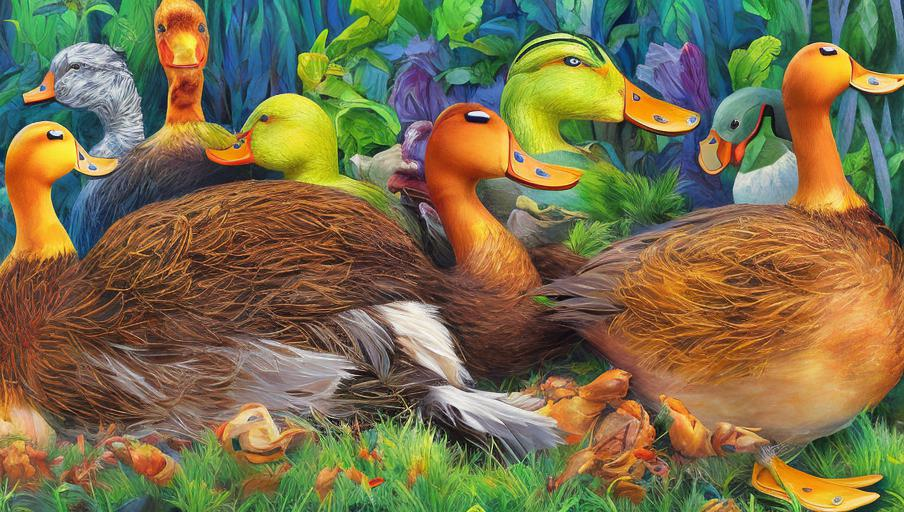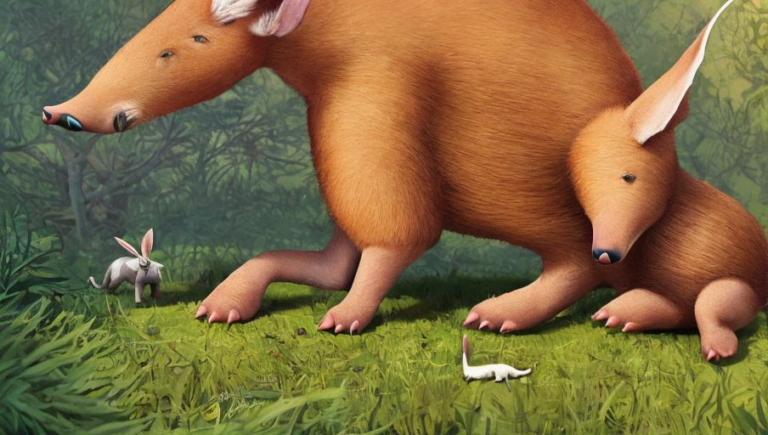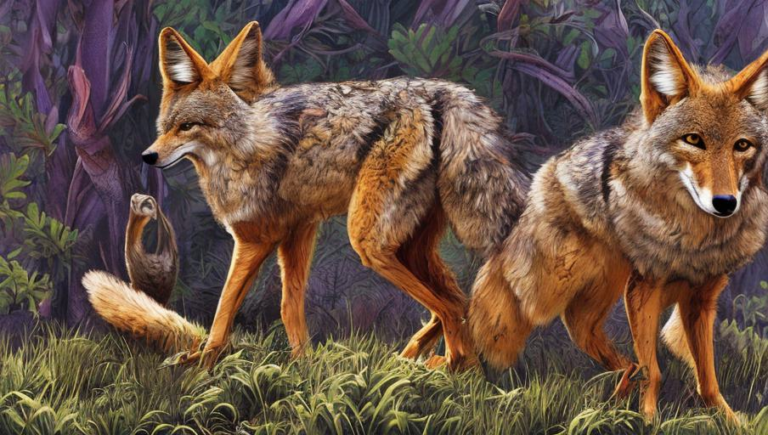Juxtaposing Ducks: Investigating the Similarities and Differences Between Different Species of Ducks

Introduction
Ducks are a type of waterfowl found all over the world. They are known for their webbed feet, which allow them to paddle through water easily. Ducks come in a variety of colors and sizes, and can be found in both fresh and saltwater habitats. The most recognizable species of ducks are the Mallard, Wood Duck, and Pintail. However, there are many more species of ducks, and they can vary greatly in their physical characteristics and behavior. In this article, we will investigate the similarities and differences between different species of ducks.
Identifying Species of Ducks
Ducks are divided into two major groups: dabbling ducks and diving ducks. Dabbling ducks are usually smaller and typically feed by tipping their bodies forward and sticking their heads underwater. Diving ducks, on the other hand, usually submerge their entire bodies underwater to forage for food. Dabbling ducks include species such as Mallards, Wood Ducks, and Wigeons, while diving ducks include species such as Scoters, Pintails, and Mergansers.
Physical Characteristics
One of the most obvious differences between species of ducks is their physical characteristics. For instance, Mallards have a distinctive green head, while Wood Ducks have a colorful patterned plumage. Pintails have long, pointed tails, while Scoters have short, rounded tails. Furthermore, some ducks have brightly colored bills, while others have duller bills. These physical characteristics can help distinguish between species of ducks.
Behavioral Differences
In addition to physical differences, there are also behavioral differences between species of ducks. For instance, Mallards are usually found in smaller groups, while Wood Ducks can be found in larger flocks. Pintails and Scoters tend to be more solitary, while mergansers are often seen in pairs or small groups. Furthermore, some species of ducks are migratory, while others are not. Understanding the behavior of different species of ducks can help to identify them in the wild.
Habitats
The habitats of different species of ducks can also be a useful way to distinguish between them. For instance, Mallards prefer shallow wetlands, while Pintails prefer deeper waters. Wood Ducks prefer wooded areas, while Scoters prefer coastal areas. Furthermore, some species of ducks are found in both fresh and saltwater habitats, while others are found exclusively in one or the other. Knowing the habitats of different species of ducks can help to identify them in the wild.
Conclusion
Ducks come in a variety of shapes, sizes, and colors. Furthermore, they can be found in a variety of habitats, from freshwater to saltwater. Understanding the physical characteristics, behavior, and habitats of different species of ducks can help to identify them in the wild. By juxtaposing different species of ducks, we can gain a better appreciation for their similarities and differences, and better understand their role in our environment.





